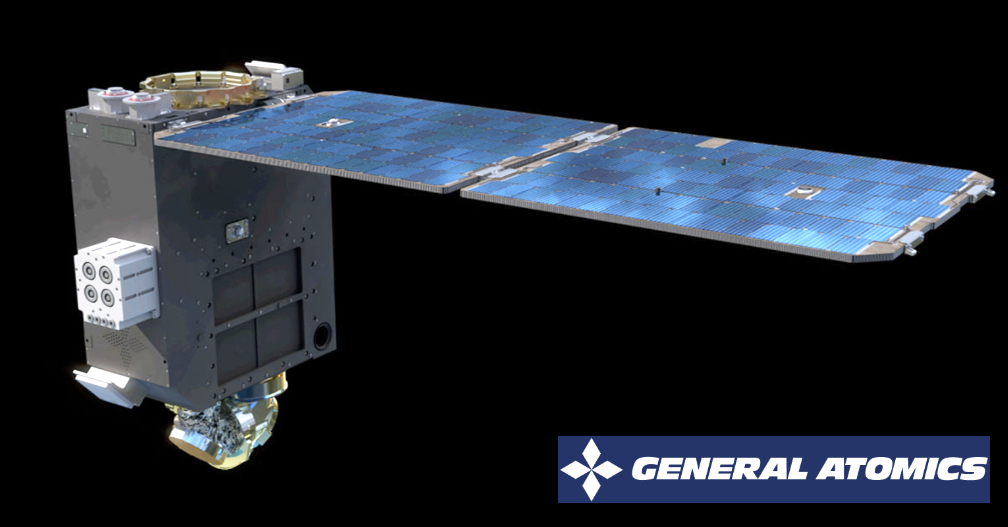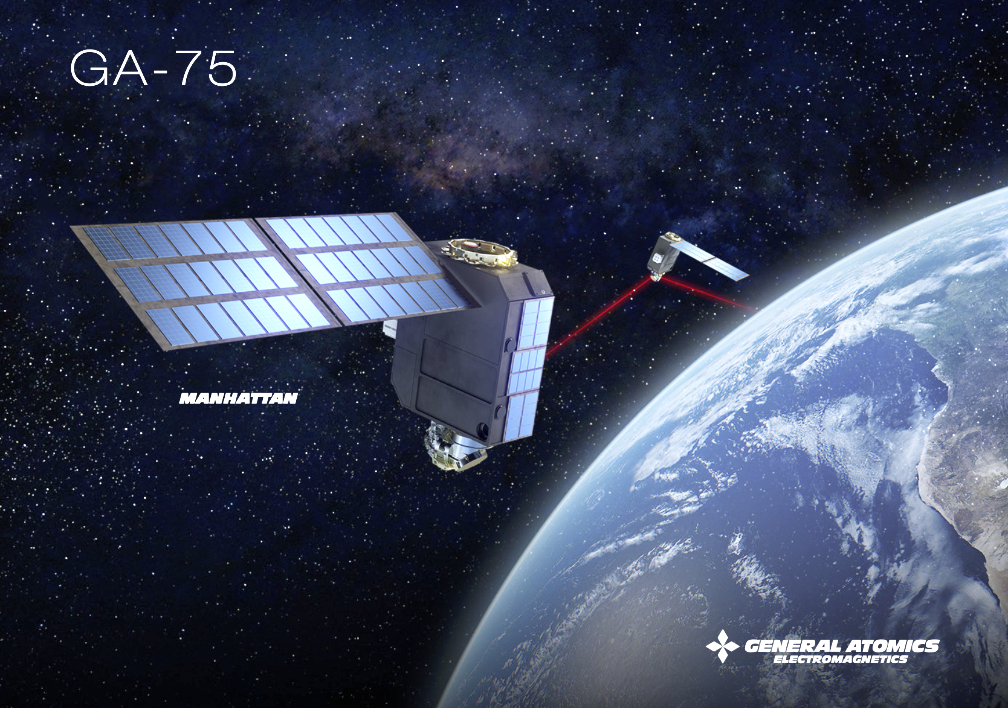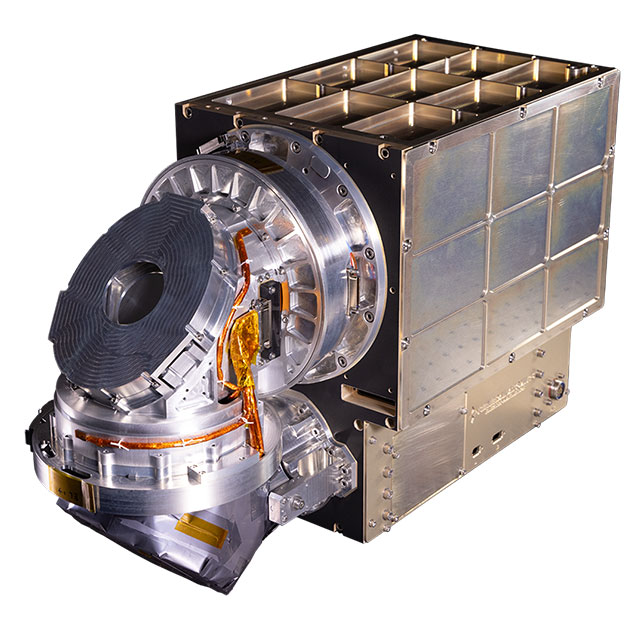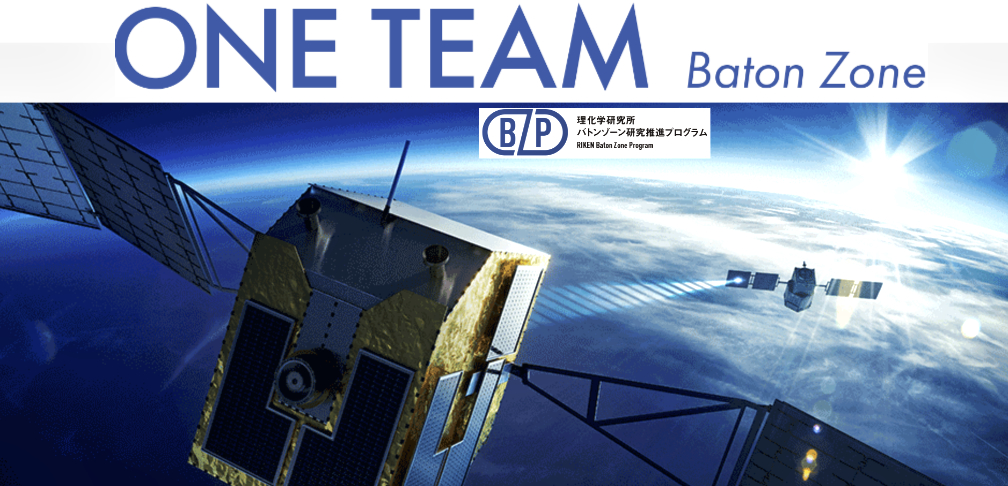
For any satellite orbiting the Earth from above the Equator it is not easy to deliver signals to aircraft flying over the North Pole. Intelsat has managed the challenge with the help of bandwidth from Eutelsat/OneWeb. It has completed a series of test flights to the Arctic Circle demonstrating that airlines that require inflight internet connectivity on long-haul flights at extreme northerly latitudes can access low-latency, high-throughput service at any point on their route map.
“Airlines and their passengers have never had access to polar connectivity, but Intelsat made history as the first inflight connectivity provider to provide high-speed internet service above the Arctic Circle,” said Dave Bijur, the company’s SVP/Commercial Aviation. “This is an important region for airlines operating intercontinental flights. Thanks to Intelsat’s multi-orbit satellite service and ESA antenna, millions of international passengers flying on polar routes will enjoy reliable, non-stop connectivity from gate to gate.”
The test flights were completed on Intelsat’s test aircraft, a CRJ-700 regional jet equipped with an Electronically Steered Array (ESA) antenna. During the test flights, engineers from Intelsat and Ball Aerospace collected data necessary to understand the ESA’s operations and connections with different satellite orbits at different latitudes.
On December 17th, 2023, Intelsat operated its test aircraft from Seattle, Washington, to Anchorage, Alaska. Anchorage is located at roughly 61° north, making it the northernmost city served by major airlines, anywhere on the planet. This flight was operated using Intelsat’s fleet of GEO satellites, proving high-throughput GEO service is available using Intelsat ESA at all global airline hubs.
On December 18th, 2023, Intelsat operated a roundtrip flight from Anchorage to Utqiaġvik, Alaska (formerly Barrow, AK). Utqiaġvik is situated at a latitude of 71° north, the same as many polar routes connecting Asia, North America and Europe. This flight was operated using OneWeb’s fleet of LEO satellites and demonstrated that high-speed, low latency performance is available even in a challenging geographic region that previously never had inflight internet service.
“The two tests validated the capabilities of Intelsat’s multi-orbit solution for airlines,” said Pat Walsh, SVP/Engineering. “As the aircraft traveled due north from Anchorage into the Arctic Circle, we seamlessly connected to the OneWeb low-earth orbit constellation delivering 150 megabits per second inflight and on the ground in Alaska. In addition, near the polar region, Intelsat’s GEO operations exceeded expectations, delivering a reliable, high-speed connection all the way to Anchorage.”
Ben Griffin, VP Mobility at Eutelsat OneWeb, said, “We congratulate Intelsat on this milestone moment, made possible by OneWeb’s low Earth orbit constellation. This continuous connectivity across all routes and latitudes is a game changer for international airlines flying between East and West across the polar region. This historic flight validates the 5C’s of connectivity that together OneWeb and Intelsat can deliver to our airline customer namely – coverage, capacity, connection, consistency, and community.”


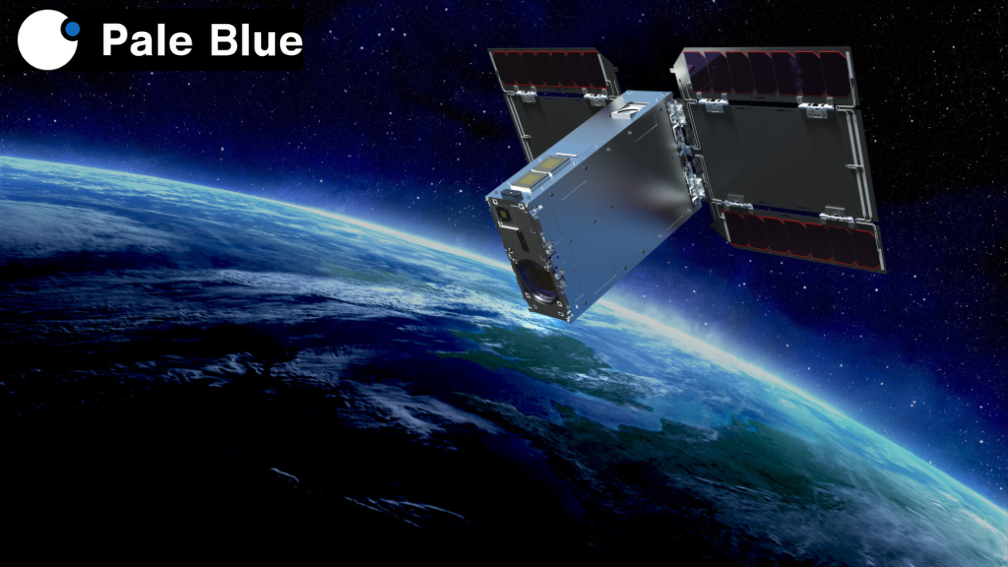
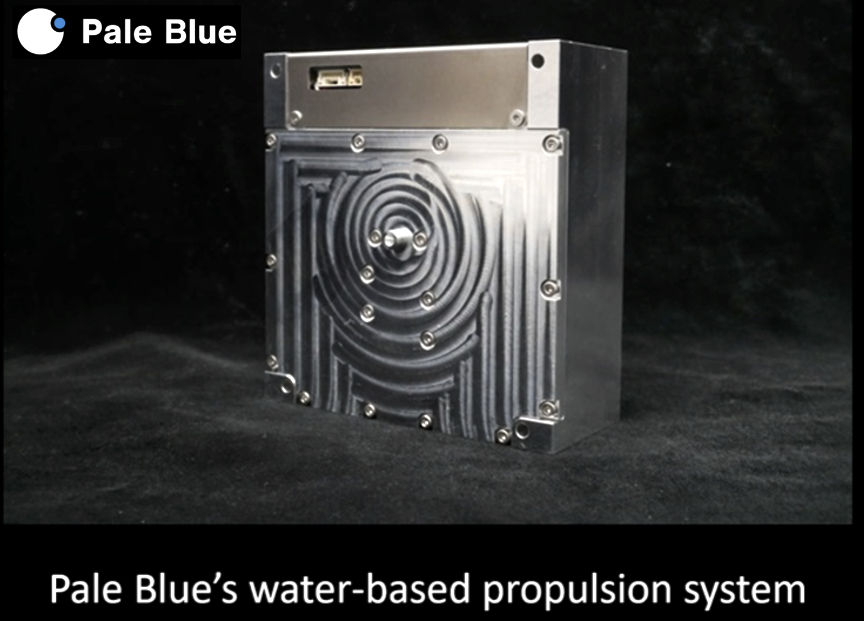

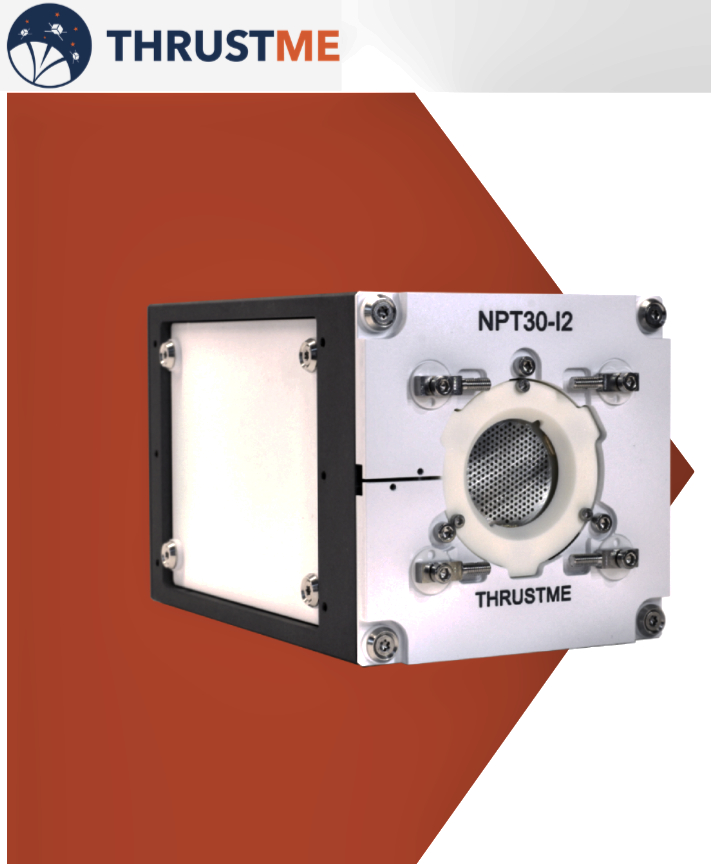



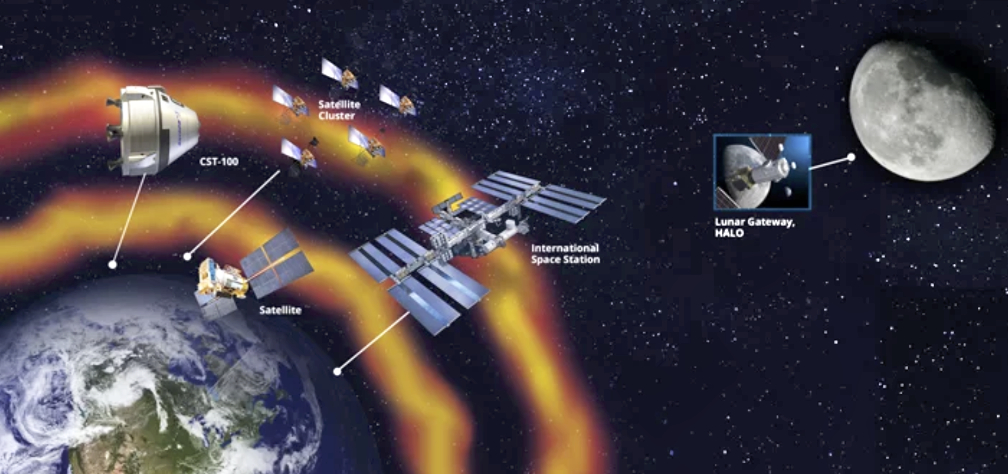
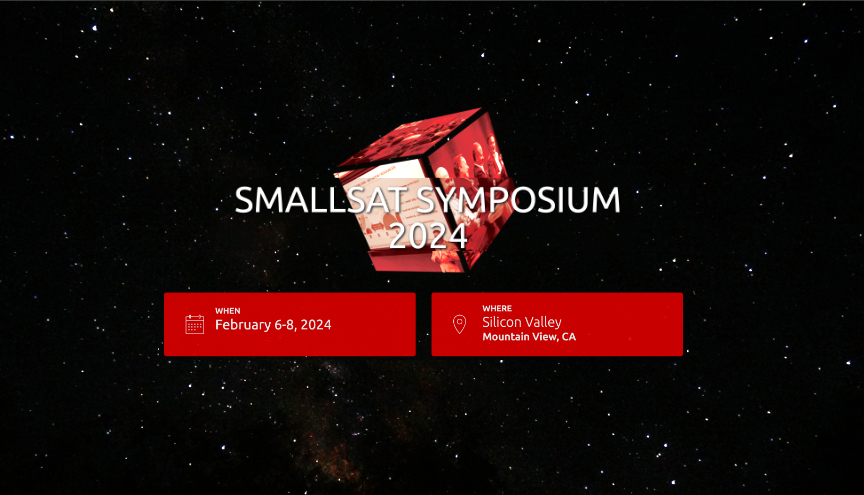

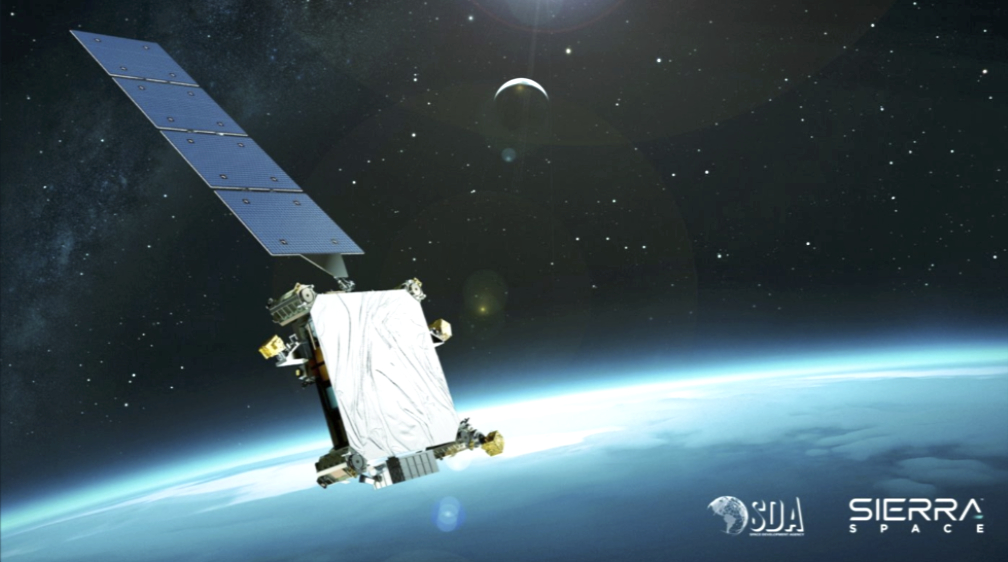

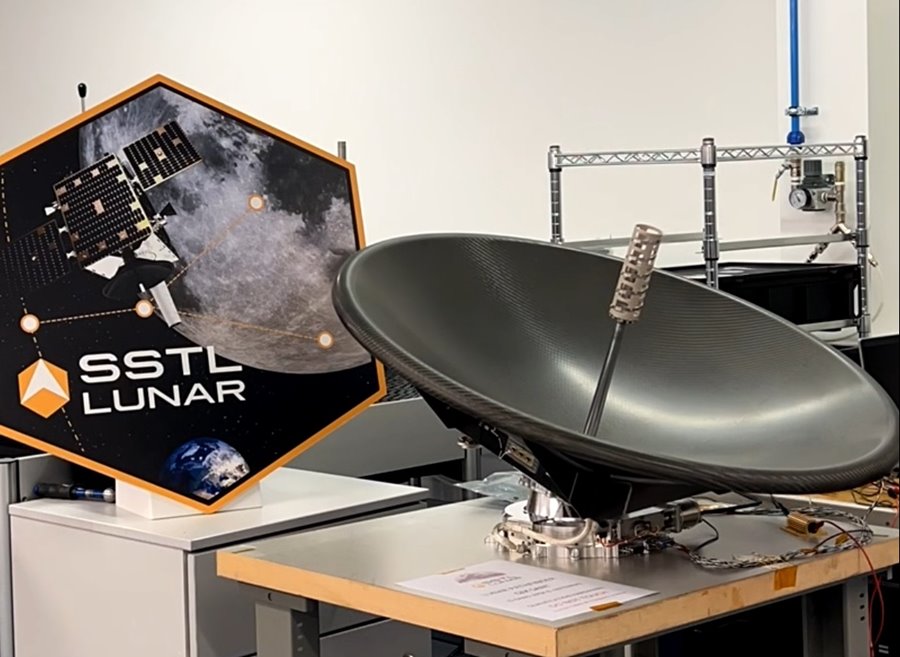
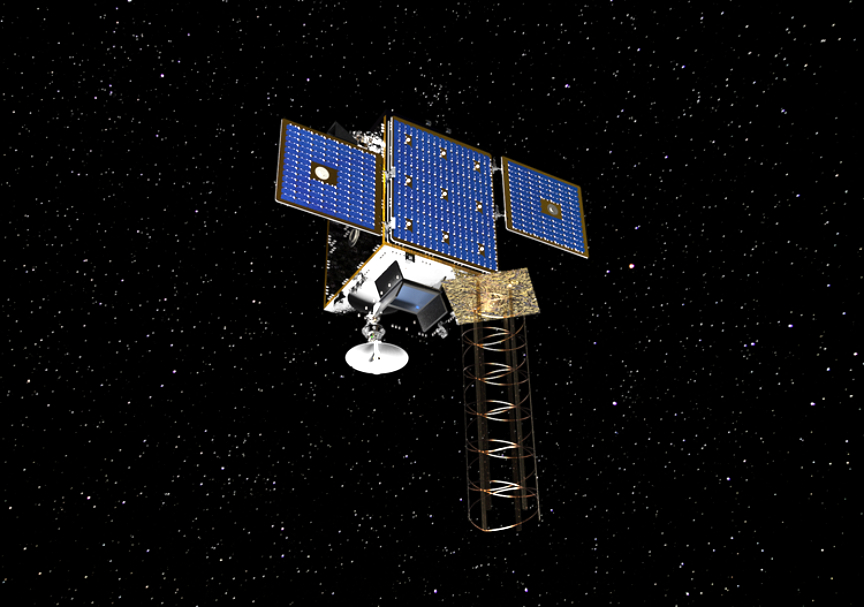

 , a satellite manufactured by Terran Orbital for
, a satellite manufactured by Terran Orbital for 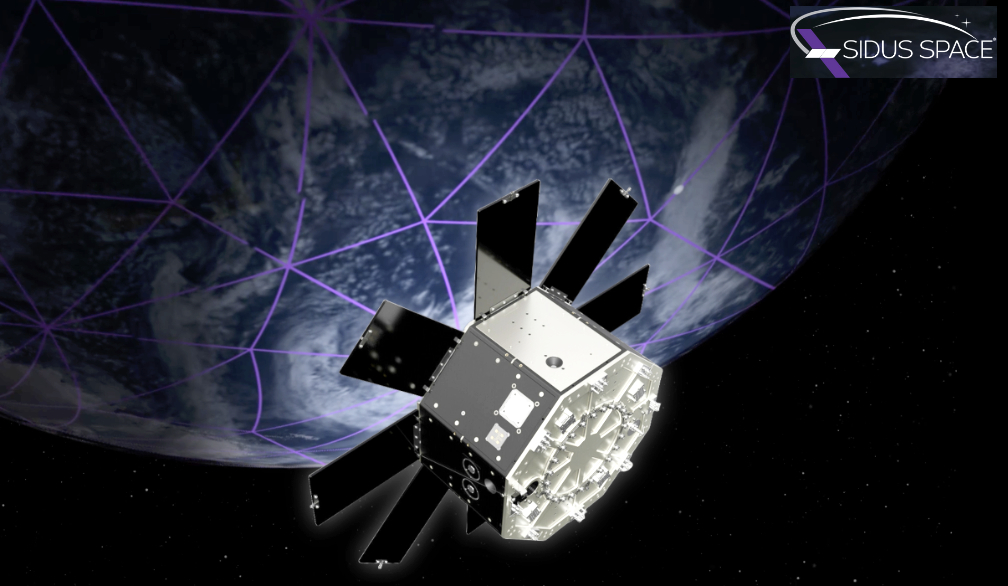


 and a vision of enabling space flight heritage status for new technologies while delivering data and predictive analytics to domestic and global customers. Any corporation, industry, or vertical can start their journey off-planet with Sidus Space’s rapidly scalable, low-cost satellite services, space-based solutions, and testing alternatives. More than just a “Satellite-as-a-Service” provider, Sidus Space is a trusted Mission Partner–from concept to Low Earth Orbit and beyond. Sidus Space is ISO 9001:2015, AS9100 Rev. D certified, and ITAR registered.
and a vision of enabling space flight heritage status for new technologies while delivering data and predictive analytics to domestic and global customers. Any corporation, industry, or vertical can start their journey off-planet with Sidus Space’s rapidly scalable, low-cost satellite services, space-based solutions, and testing alternatives. More than just a “Satellite-as-a-Service” provider, Sidus Space is a trusted Mission Partner–from concept to Low Earth Orbit and beyond. Sidus Space is ISO 9001:2015, AS9100 Rev. D certified, and ITAR registered.